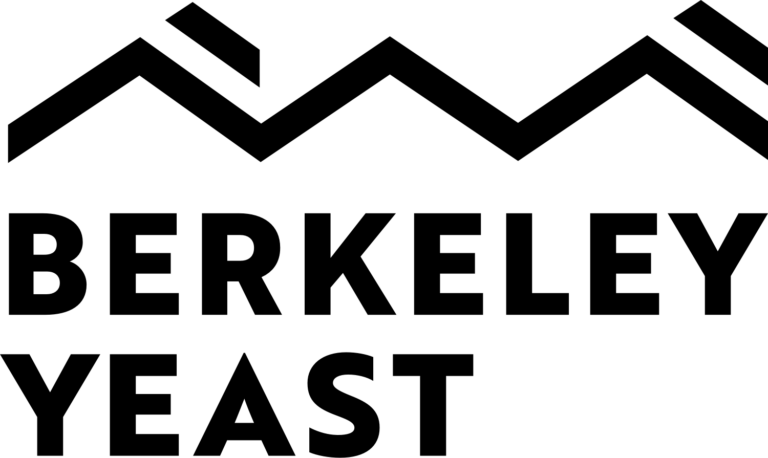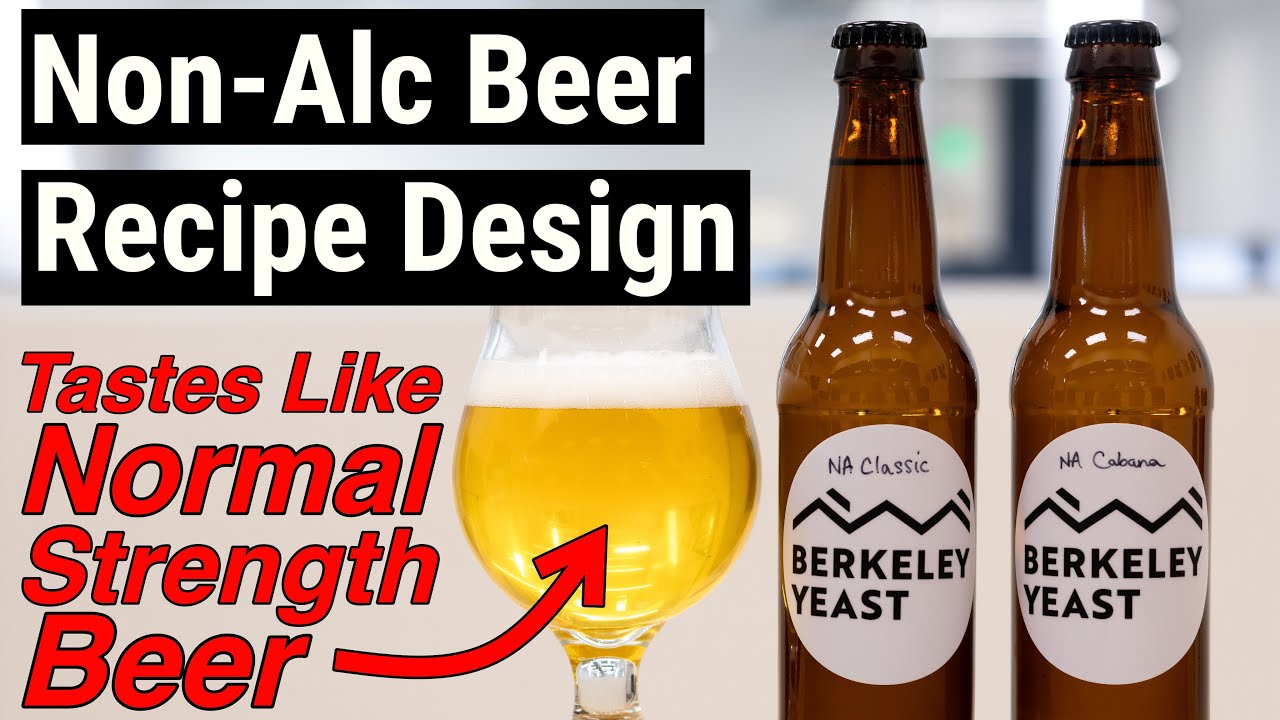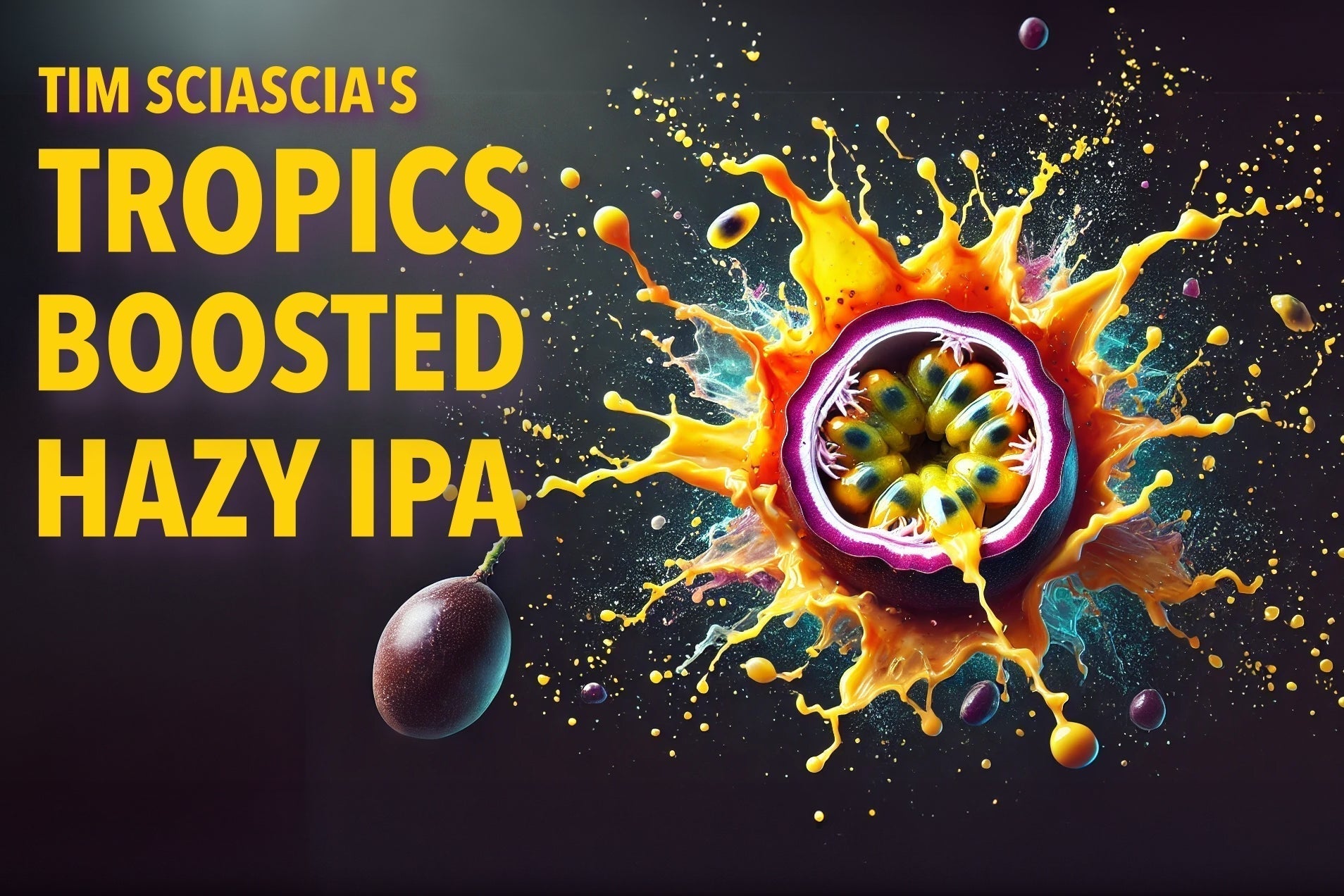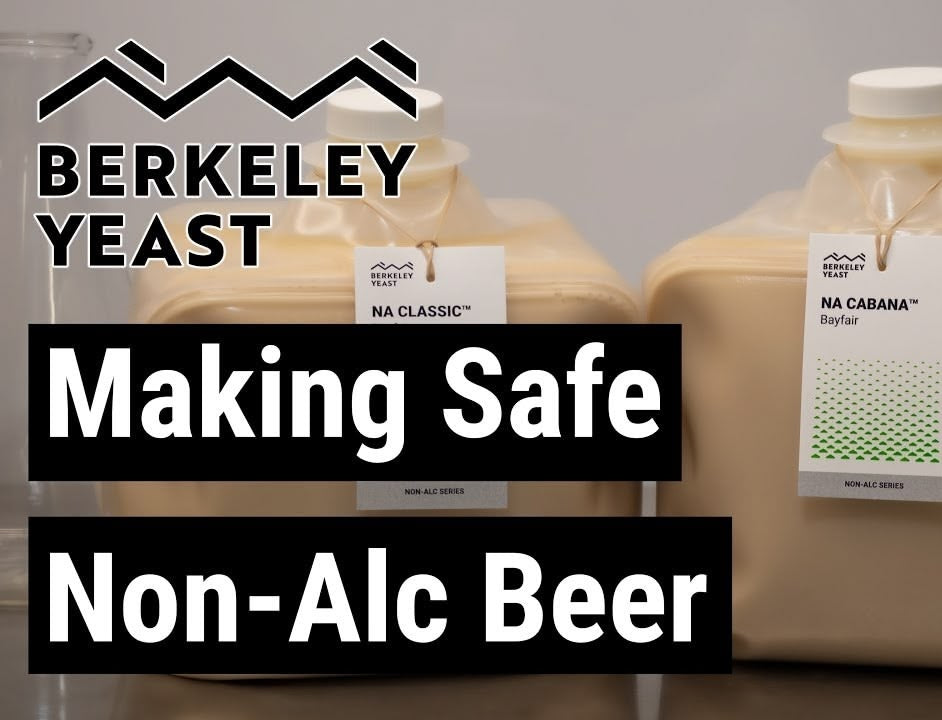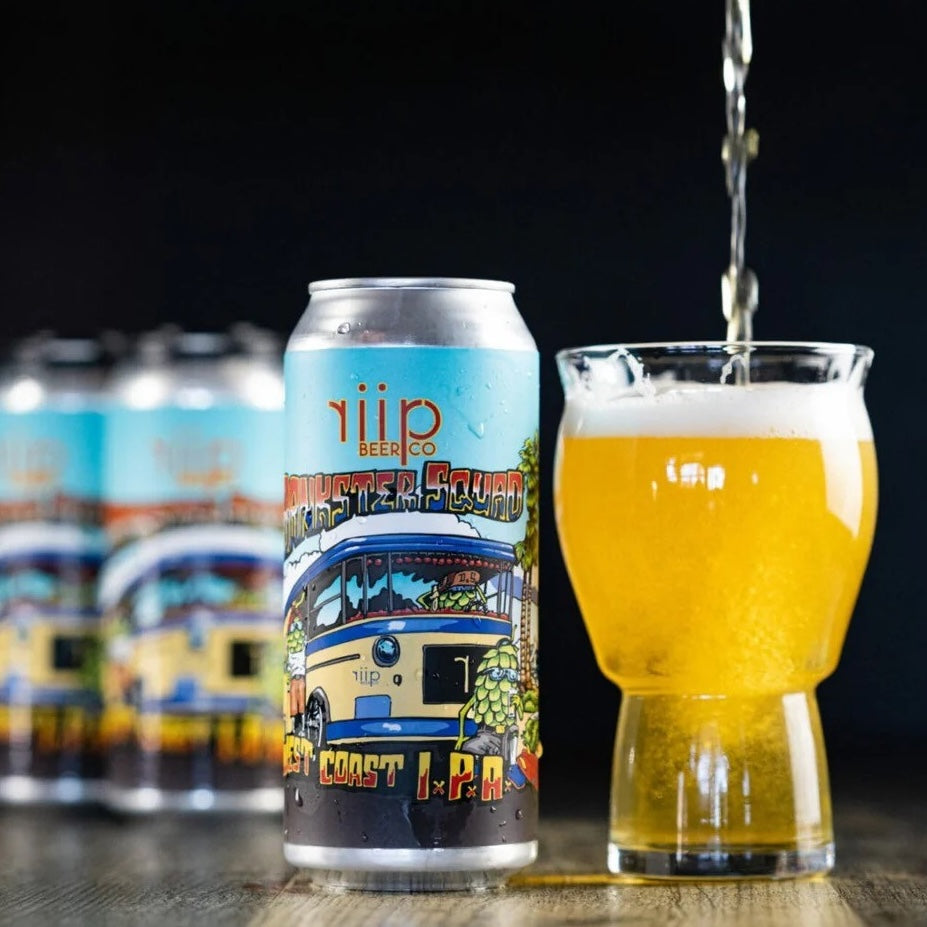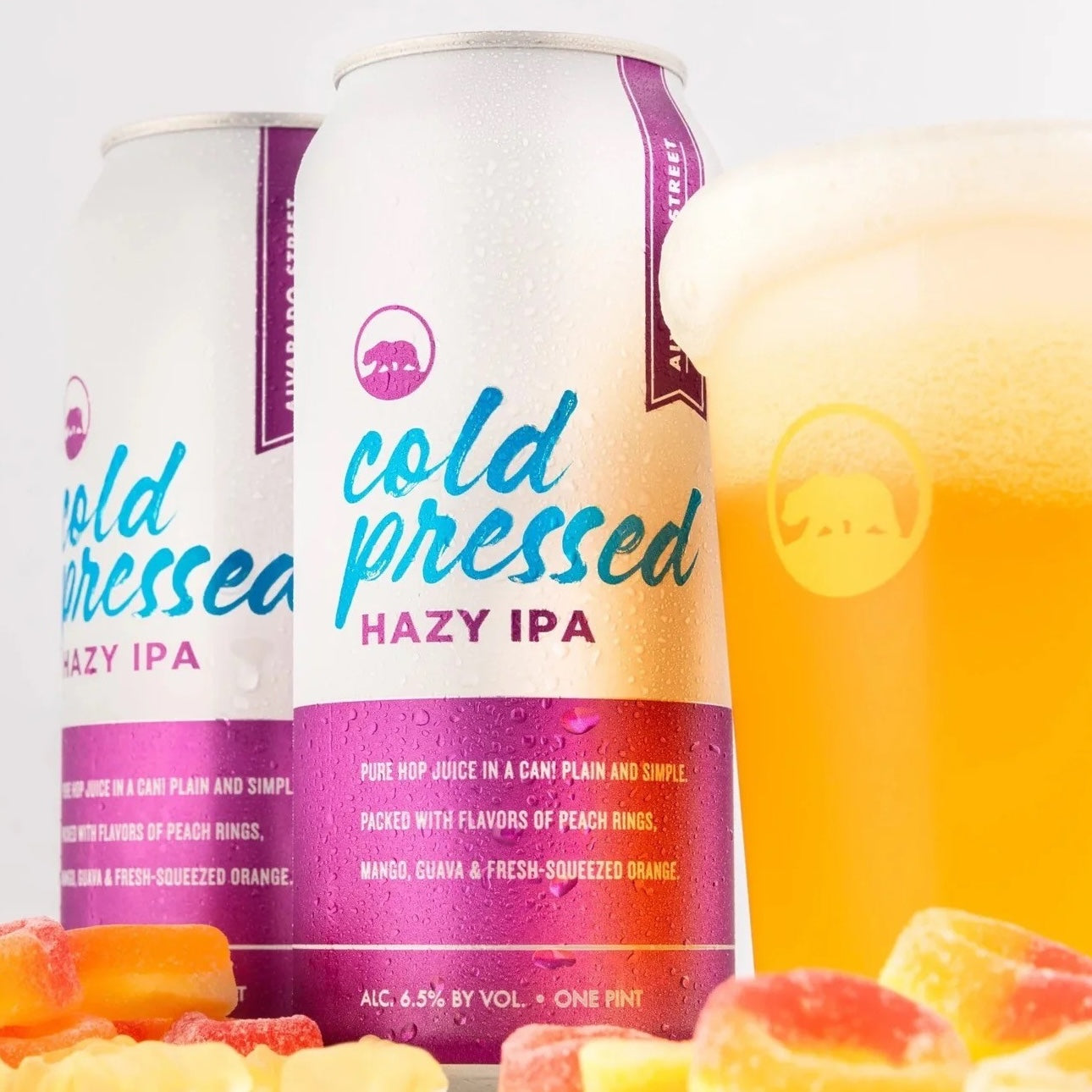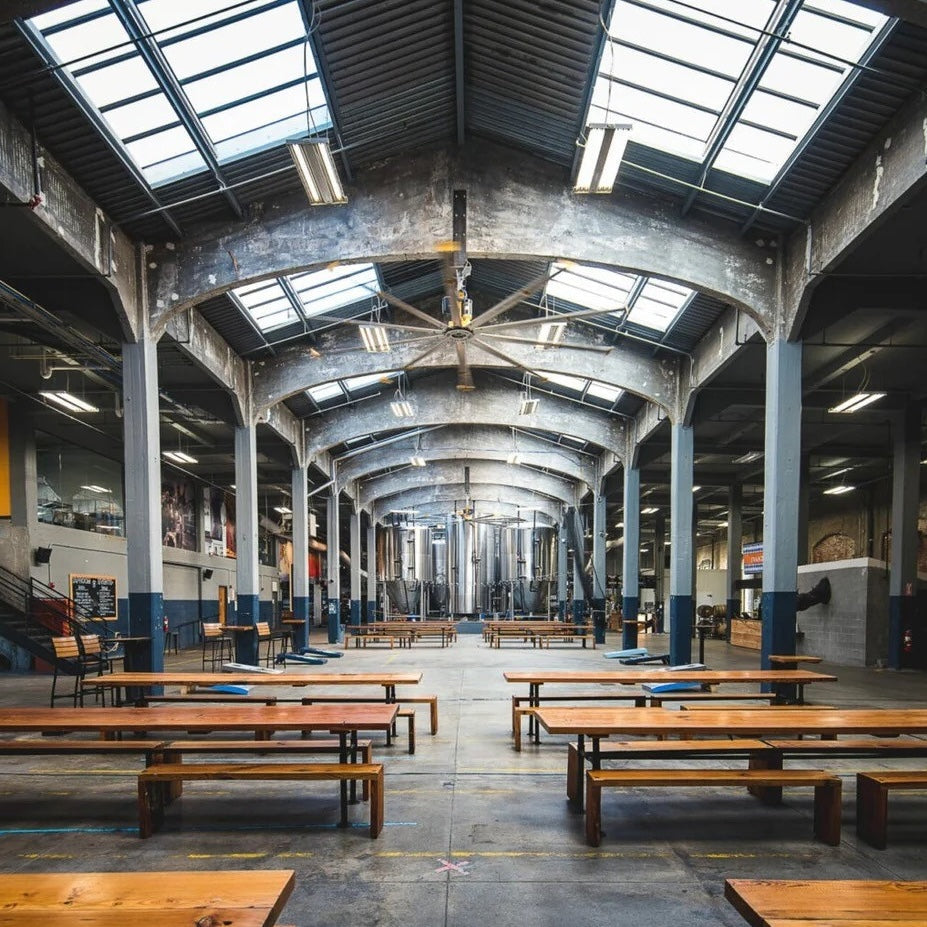As harvest falls upon America’s hop fields throughout late August and September, we start daydreaming of all the fresh-hop beers that we’ll soon sip. But being scientists, we couldn’t help but wonder: How could fresh-hop beers be even better? Sometimes the aromatics are a little subdued, a feature that could be fixed with one of our engineered yeast strains.
We asked Anthony Lopez, our customer success and support manager, about his favorite strains for elevating fresh-hop beers. He suggests Fresh Chico, which keeps diacetyl ultra-low throughout fermentation and packaging, “to accentuate fresh-hop and wet-hop characteristics on a cleaner spectrum,” Lopez says. He also adds that Fresh Andechs would be great for a fresh-hop lager. “The strains push diacetyl so low that you’re getting the true nature of a fresh hop.”
Another solid bet is Superbloom, a strain that produces floral, citrusy fragrances. “It would be an awesome complement to fresh-hop beers to accentuate aromas and add a nuanced layer,” Lopez says.
And for brewers that feel like experimenting, Lopez would love to trial a Tropics strain to bring big aromas of guava and passion fruit into a fresh-hop beer. “Tropics could have a huge impact,” he says.
Have any questions or feedback for Anthony? Email him at alo@berkeleyyeast.com.
